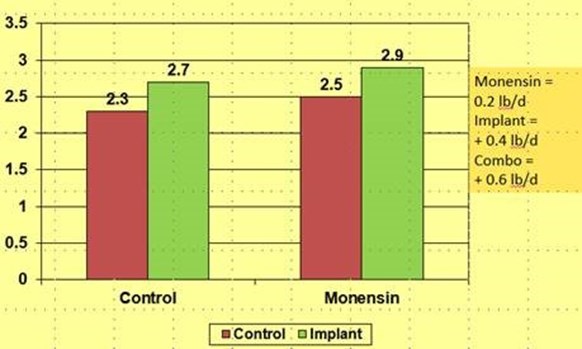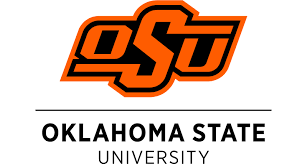Paul Beck, OSU Extension Beef Nutrition Specialist
My last two articles introduced the wisdom of my dad’s Uncle Ed about making money in the cattle business…“Buy low, sell high, keep ‘em alive, and put gain on ‘em cheap”.
So far, I have covered “Buy low, sell high” and “keep ‘em alive”, which is often difficult to do, because deeply discounted cattle are often a challenge to keep healthy and alive.
How do we put gain on cattle cheaply? Does it mean we limit spending on all inputs? Or does it mean we optimize spending to get our costs of gain as low as possible?
One of the cheapest resources to put weight on calves is perennial pasture. Budgets from research on fertilized warm-season grass pastures estimated costs to be $100/acre without supplementation, costs increased to $150/acre when byproduct supplements were fed to calves. In comparison, wheat pasture cost an average of $250/acre. Gains of un-supplemented calves on warm-season grass pasture were 1.1 lbs/day with supplementation increasing gains to 1.8 lbs/day, while calves on wheat pasture gained 2.25 lbs/day. If we are trying to minimize our total expenses it appears that grazing calves on warm-season pasture without supplementation is the way to go. But even with the higher cost of production per acre, supplementation of calves on pasture and grazing calves on wheat pasture resulted in costs of gain that were about half that ($0.50/lb) of un-supplemented calves on pasture ($1.00/lb), which translated to net return per acre of $55 for supplemented calves grazing permanent pasture and $70/acre for calves on wheat pasture compared with $30/acre for un-supplemented calves.

I calculated that a 10% change in performance (from 2 pounds per day to 2.2 pounds per day or by 30 pounds over a 150-day grazing period) can change net returns by around $25/head, while a 10% change in cost of gain (from $0.50/pound to $0.55/pound) can change net returns by $15/head. We can easily get an extra 0.2 pounds per day using common growth promoting technologies. Below are the results from an experiment conducted on wheat pasture where the ionophore monensin was fed in a free-choice mineral to calves that were given a growth promoting implant or remained un-implanted. Monensin increased performance of un-implanted and un-implanted calves by 0.2 lbs/day. The implant increased calves’ gains by 0.4 lbs/day. Both feeding monensin and implanting together increased gains by a total of 0.6 lbs/day. The increased gains from monensin increased net returns by $20/head, implanting increased net returns by $24/head, and both technologies together increased net returns by $42/head.
As we discussed last week, health issues will impact performance. When we evaluated the health records of multiple load lots of calves coming through stocker research facilities in Oklahoma, Arkansas and Mississippi, we found these impacts to be long reaching. Calves that were untreated or treated once for respiratory diseased gained over 2 lbs/day, calves treated twice for respiratory disease gained 1.75 lbs/day, while calves treated 3-times gained 1.65 lbs/day. Also, calves treated 2 or more times had lower hot carcass weights and took more days on feed to finish. This reduced performance will result in increased cost of gain and reduced profitability.
When we hear we make money in the cattle business by “Buying Low and Selling High”, “Keep ‘em Alive”, and “Put Gain on ‘em Cheap” we often think “that’s simple, everyone knows that”! It really may not be that easy. There is art in identifying and purchasing undervalued calves that are the “upgrading type of cattle” Uncle Ed talked about; art and skill in keeping ‘mismanaged cattle’ healthy and alive; and skill in getting calves to perform with the lowest cost of gains. But these are goals to strive for and may take a lifetime to get the formula right.














